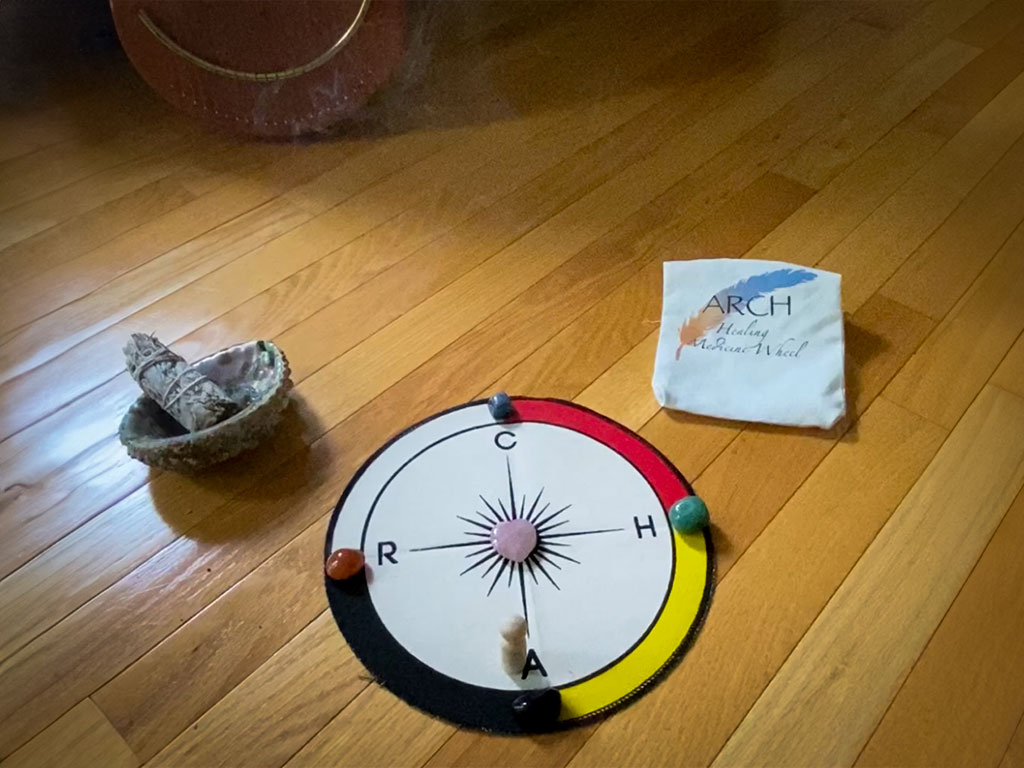Couples often engage in unconscious defense mechanisms to protect themselves from emotional pain, discomfort, or vulnerability. However, these mechanisms can create barriers to healthy communication, leading to misunderstandings and unresolved issues. Below are examples of situations where couples use defense mechanisms and suggestions for better ways to interact that foster understanding and healing.
1. Defense Mechanism: Projection
Example
One partner may feel insecure about their ability to contribute financially to the household and, instead of acknowledging these feelings, accuses the other partner of being financially irresponsible. The underlying issue is their own fear and insecurity, but it gets projected onto their partner.
A Better Way to Interact
– Recognize Your Feelings: The partner projecting their insecurities could reflect on their emotions and recognize that the anger they feel may stem from their own fears rather than the partner’s actions.
– Communicate Vulnerability: Instead of accusing the partner, they can say, “I’ve been feeling really insecure about not being able to contribute as much financially, and it’s been weighing on me.”
– Validation: The other partner can respond by validating these feelings: “I understand why that would make you feel insecure, but we’re in this together. We’ll figure it out as a team.” This response creates a sense of safety and addresses the root cause of the issue rather than focusing on the surface-level accusation.
2. Defense Mechanism: Denial
Example
One partner may deny that they are unhappy in the relationship, insisting that everything is fine despite obvious signs of emotional disconnection. This defense mechanism helps them avoid the pain of confronting deeper issues, such as fear of abandonment or conflict.
A Better Way to Interact
– Self-Awareness: The partner in denial can take time to reflect on their true feelings. Journaling or speaking with a therapist might help them understand their discomfort.
– Honest Dialogue: Instead of brushing things off, they could open up by saying, “I’ve been feeling a little distant lately, and I think we should talk about it.”
– Create Space for Emotions: The other partner can gently acknowledge the issue by saying, “I’ve noticed that something feels off, too. Let’s talk about what’s really going on without any judgment.” This approach encourages the partner to move past denial and into a space where they feel supported in addressing the problem.
3. Defense Mechanism: Displacement
Example
A partner who is stressed at work may come home and snap at their spouse over something trivial, like the dishes not being done. Instead of dealing with their work stress, they displace their frustration onto their partner, leading to unnecessary conflict.
A Better Way to Interact
– Self-Reflection: The partner who is stressed should take a moment to recognize that their anger is not truly about the dishes, but rather about the stress at work.
– Healthy Communication: They can share their true feelings by saying, “I’ve had a really stressful day at work, and I’m feeling overwhelmed. It’s not about the dishes, I’m just struggling right now.”
– Empathy: The spouse can respond with empathy: “I can see that you’ve had a rough day. Is there anything I can do to help you relax or feel better?” This approach addresses the real source of the stress and opens the door to supportive communication.
4. Defense Mechanism: Withdrawal
Example
During an argument, one partner may withdraw emotionally, giving the other the “silent treatment” or physically leaving the room. This withdrawal is a defense mechanism to avoid conflict or overwhelming emotions, but it creates distance and unresolved tension.
A Better Way to Interact
– Stay Present: Instead of shutting down, the withdrawing partner could communicate their need for space: “I’m feeling overwhelmed right now. Can we take a break and come back to this conversation in an hour?”
– Reassure Connection: The partner can also express that the withdrawal is not a sign of disengagement: “I still care about this conversation, I just need time to process my feelings.”
– Check In: The other partner can acknowledge their need for space and follow up with reassurance: “I understand if you need some time. I’ll be here when you’re ready to talk, and we can work through this together.” This approach maintains the connection even when emotions run high, avoiding further disconnection.
5. Defense Mechanism: Intellectualization
Example
In an argument about emotional distance, one partner might focus solely on logical solutions, such as creating schedules or dividing tasks, without addressing the underlying emotional concerns. Intellectualization helps the partner avoid vulnerability but leaves the emotional issues unresolved.
A Better Way to Interact
– Recognize Emotional Needs: The partner intellectualizing could acknowledge that their partner’s concerns are emotional, not just practical. “I realize that this isn’t just about schedules; it’s about us feeling more connected.”
– Emotional Openness: They can then invite emotional dialogue: “I want to understand how you’re feeling about us and where I can help us reconnect emotionally.”
– Express Emotional Needs: The other partner can respond by expressing their feelings clearly: “I appreciate your solutions, but what I really need right now is to feel closer to you. I’d love for us to spend more quality time together, not just focusing on tasks.”
– Balance Emotions and Logic: By balancing practical solutions with emotional connection, couples can address both the logistics and the feelings behind an issue.
6. Defense Mechanism: Regression
Example
When facing criticism, one partner might revert to childlike behaviors, such as pouting, sulking, or becoming passive-aggressive instead of addressing the issue directly. This regression is often a way to avoid dealing with difficult emotions or confrontation.
A Better Way to Interact
– Name the Emotion: The regressing partner can try to name the emotion they are feeling: “I realize I’m pouting because I feel hurt by your comment.”
– Request Reassurance: Instead of acting out, they can request emotional reassurance: “When you said that, I felt criticized. Can you explain what you meant so I can understand and not feel so hurt?”
– Gentle Response: The other partner can respond in a way that soothes and reassures: “I didn’t mean to hurt you. I was frustrated, but I can see how that might have come across as criticism. I’m sorry, and I want to work on this together.”
7. Defense Mechanism: Reaction Formation
Example
One partner might feel jealous or threatened by their partner’s success or independence, but instead of acknowledging these feelings, they act overly supportive or indifferent, hiding their true emotions. This often leads to a lack of authenticity in the relationship.
A Better Way to Interact
– Acknowledge Conflicting Emotions: The partner experiencing jealousy can admit their feelings: “I feel proud of your success, but I also feel a little insecure about where I am in my own career.”
– Invite Authentic Conversation: They can invite an open conversation by saying, “I know these feelings are hard to admit, but I want to be honest with you so we can stay close.”
– Provide Reassurance: The other partner can respond by offering reassurance: “It’s okay to feel that way. I’m here for you, and I want us both to feel supported in our individual journeys.”
Conclusion
Defense mechanisms often emerge in relationships when individuals feel threatened, insecure, or vulnerable. While these mechanisms serve to protect us in the short term, they can create emotional barriers in intimate relationships, leading to misunderstandings and conflict. By becoming aware of these patterns and choosing healthier ways to communicate, couples can build stronger connections.
Using empathy, vulnerability, and validation, partners can promote understanding and healing in their interactions. Being mindful of emotional needs, expressing feelings directly, and responding with compassion allow couples to navigate conflict in ways that strengthen the relationship rather than create distance. In doing so, they create a space for love, growth, and deeper connection.






